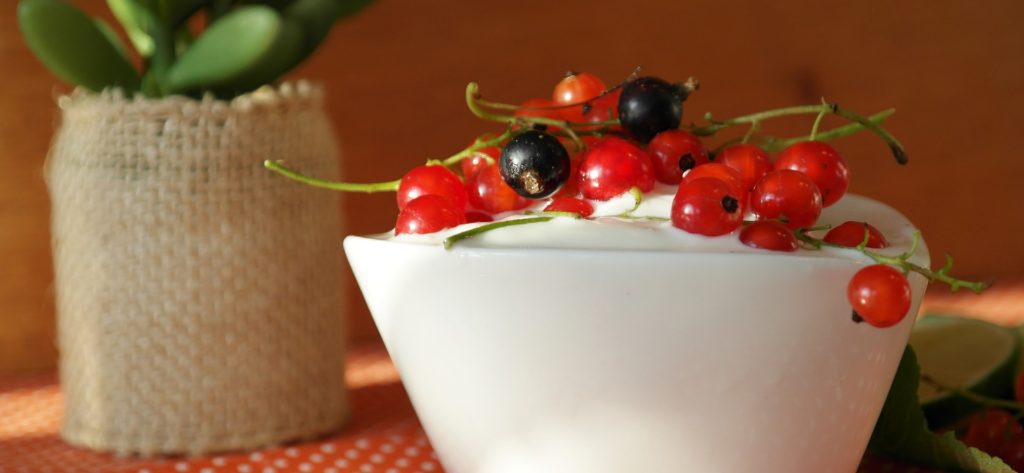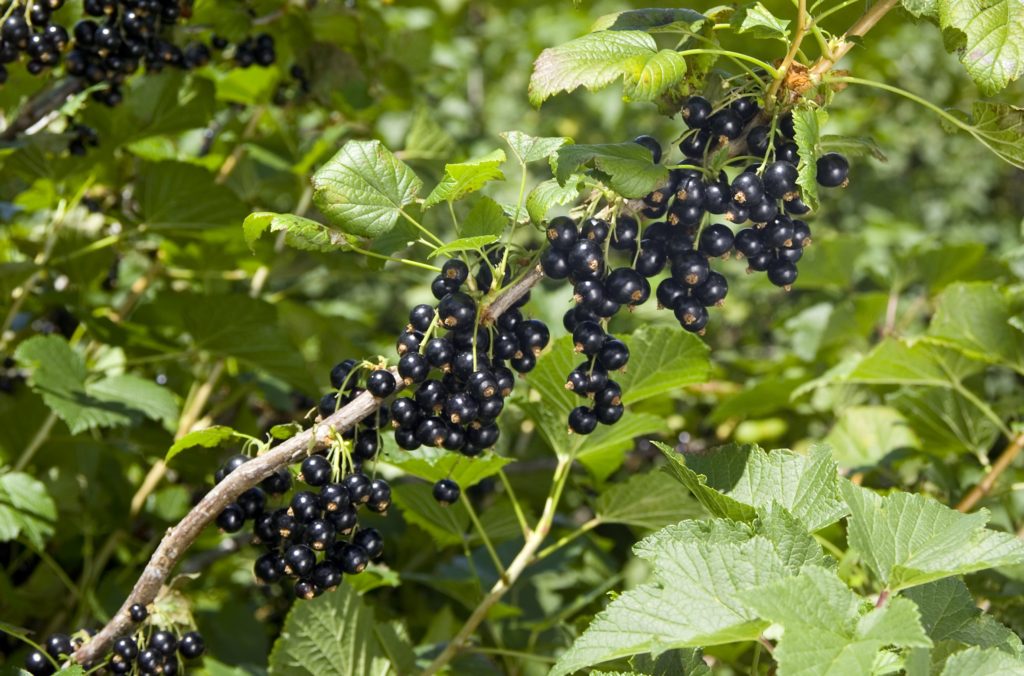About Blackcurrants
– the new story from the New World
Blackcurrants, the dark purple, almost black berries, were originally grown in Europe, particularly in France, where they are known as Cassis. It was in Europe where blackcurrants first earned the reputation as the healthiest, or King, of berries. This small berry with a crisp and refreshing taste and aroma was brought from Europe to New Zealand by the early settlers as a health tonic to sustain those pioneers. Blackcurrants thrived in this new environment and today they are grown in the Canterbury region of New Zealand’s South Island where the high sunshine levels, hot summers and cold winters produce the world’s best blackcurrants.
High Nutritional Value of New Zealand Blackcurrants
Europeans, and the people of New Zealand alike, have long loved the flavor of blackcurrants and used them in everything from jams to breakfast cereals, and as a refreshing juice. In addition to tasting great, science has recently discovered that New Zealand Blackcurrants are rich in nutrients, particularly anthocyanins. These are the protective red and blue compounds that commonly colour fruits and vegetables. It is well established that anthocyanins are an important component of the health benefits associated with the consumption of fruits and vegetables.
In fact New Zealand Blackcurrants have the highest levels of anthocyanins of all the commonly available fruits and vegetables grown anywhere in the world and this discovery has now propelled New Zealand Blackcurrants to the forefront of natural ingredients for functional supplements, foods and beverages.
Production and Use
New Zealand Blackcurrants are harvested in midsummer and immediately frozen. They are then processed into juice concentrate, puree, or powder. After processing New Zealand Blackcurrants can be used for a variety of products such as juice, yoghurt, ice cream, and as an ingredient in breakfast cereals. However, because of their proven health benefits New Zealand Blackcurrants are now more commonly being used in functional supplements, foods and beverages.










